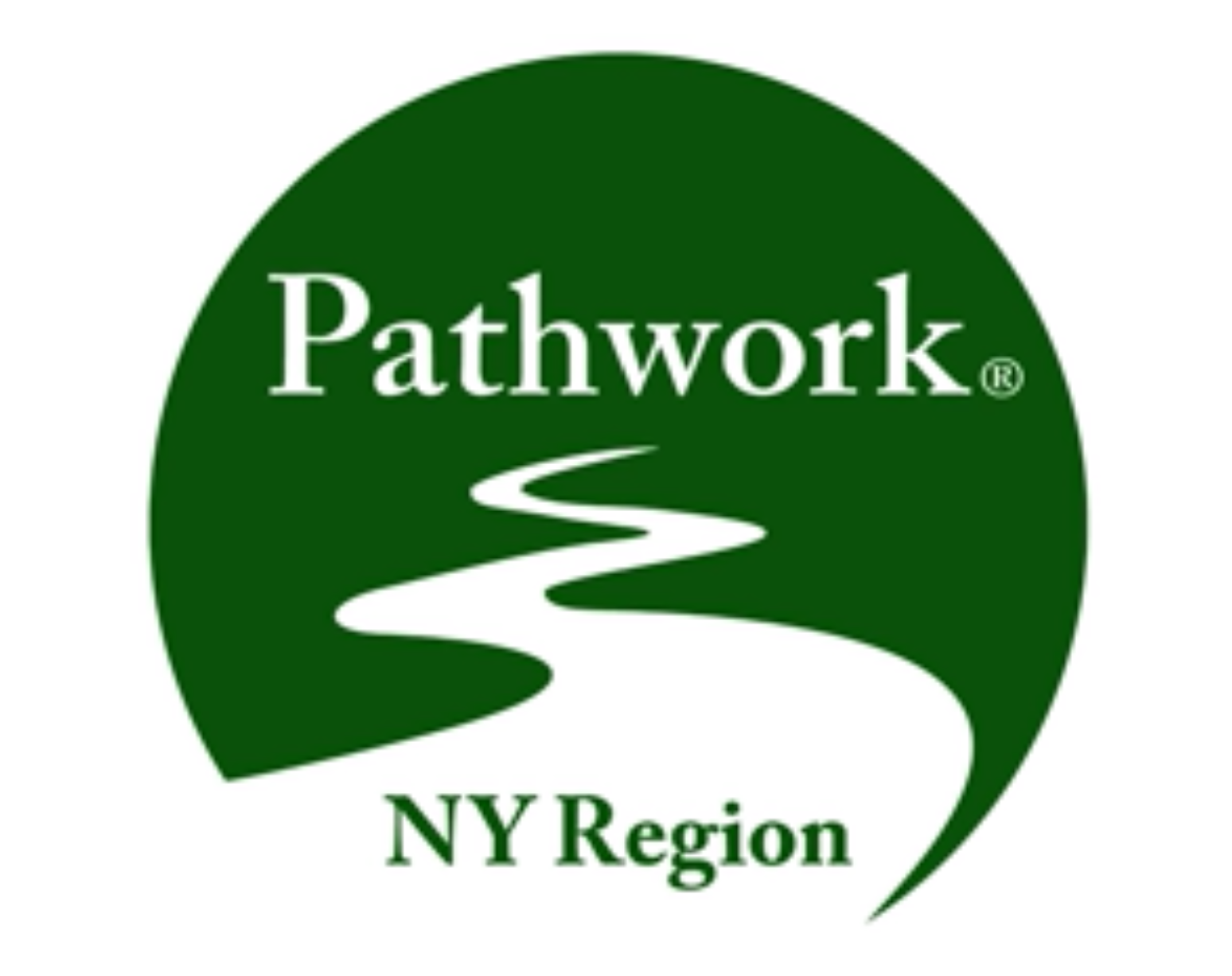The Three Selves
THE HIGHER SELF, THE LOWER SELF, AND THE MASK
One key to understanding human nature is the Pathwork Guide’s concept of the Higher Self, Lower Self, and Mask Self. It’s explained in detail in the Guide Lecture of the same name, and is a useful way of thinking about how and why we act in the ways we do.
The Pathwork Guide calls these:
The Higher Self is our divine core — the respository of endless joy, intuition, and creativity. This is the part of us that knows no fear, that understands and welcomes our life task, and that knows that there is no conflict between your higher self and my higher self: that dualistic conflict is only a painful illusion. It contains wisdom, happiness, and the answers to all questions about our growth and development. Yet the Higher Self — which would seem to be all we would ever want to be and to express — is obscured by two layers, which interpose themselves between this beautiful core and the world.
The Lower Self is the part of ourselves that harbors our faults and misconceptions, as well as an enduring selfish attitude about ourselves. The Lower Self includes hate and willful ignorance, the desire to destroy life and to isolate the self. The Lower Self is ruthless and selfish. Still another layer encloses the Lower Self, and this is what we primarily show to the world.
The Mask Self is the part of ourselves we create to hide both the Lower and Higher Selves, the one because we know we will not be accepted if our hate and selfishness is plain for all to see, and the other because we are secretly ashamed of our beauty and spiritual power. As the quote by the spiritual teacher Marianne Williamson puts it: “Our worst fear is not that we are inadequate, our deepest fear is that we are powerful beyond measure. It is our light, not our darkness that most frightens us. We ask ourselves, ‘who am I to be so brilliant, gorgeous, talented and fabulous?’ Actually, who are we not to be? You are a child of God.” The Mask self is the self we habitually show to others, to deny both the worst and the best in ourselves, to create a safe, conventional, but ultimately unfulfilling pseudo-truth.

